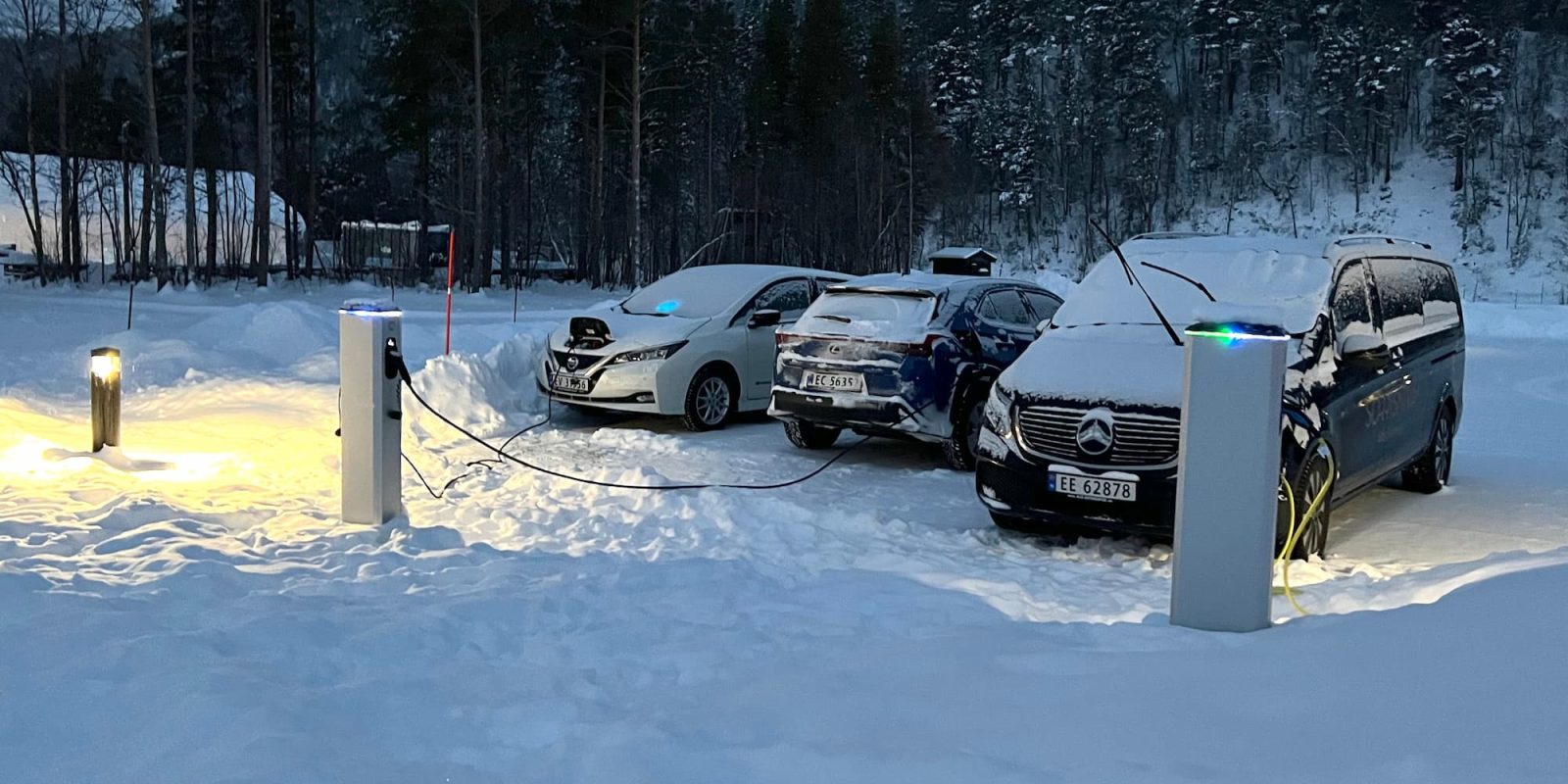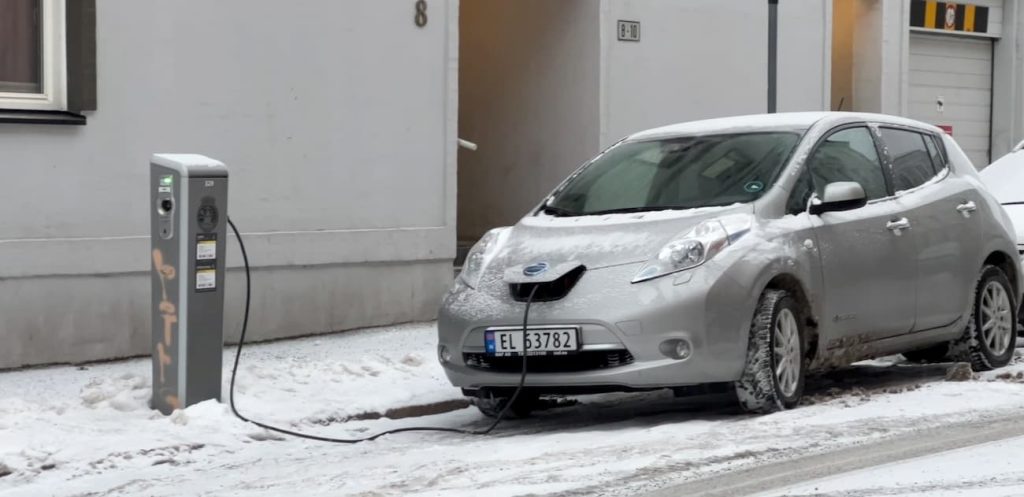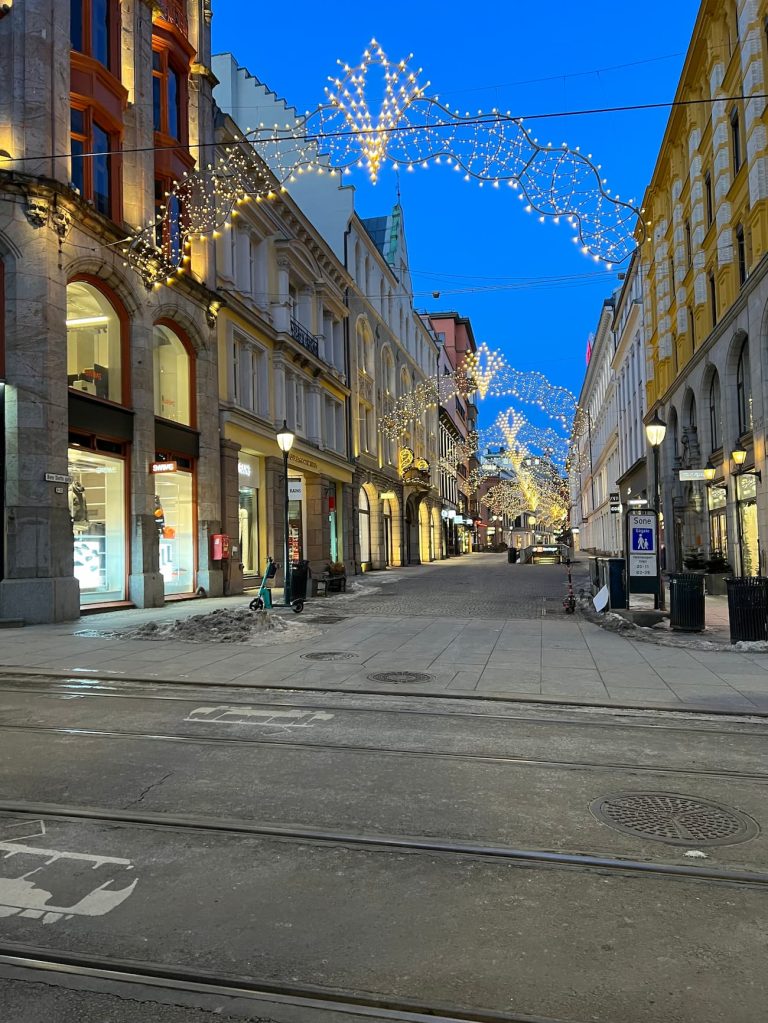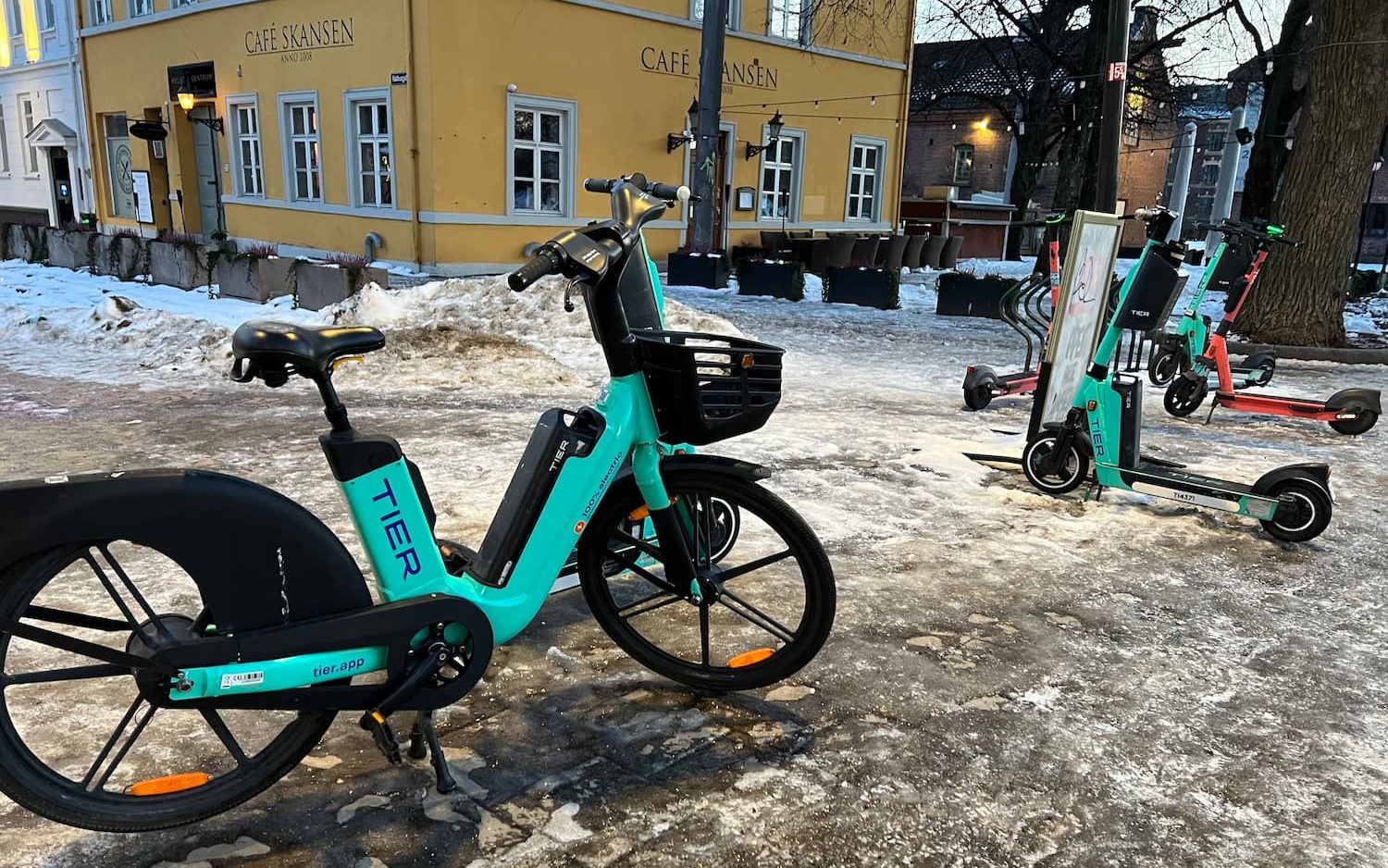
We often hear about how Norway is an electric car utopia, an example of a country that went all in on EVs and reaped the benefits. And so I went there myself to see what all the fuss was about. I expected to find a massive amount of electric cars, and I did. But what I didn’t realize was that those electric cars are only a part of the bigger story behind Norway’s sustainable transportation ambitions.
It’s true that electric cars are an important part of the story. Norway is the definitive world leader in EVs.
The country holds the title of most electric vehicles per capita and is on track to reach its goal of no more ICE vehicle sales after 2025. In fact, it’s actually ahead of schedule.
It didn’t happen overnight, but the conversion was still surprisingly quick. A decade ago, electric cars represented less than 3% of all car sales. Now they’re over 80%.
Plug-in hybrids account for more than 10% of the country’s new vehicle sales, meaning that purely ICE (internal combustion engine) vehicles are now in the single digits. It’s not hard to see the writing on the wall: Those ICE-powered cars will soon go extinct in Norway.
Norway’s ability to replace pollution-spewing vehicles with emissions-free electric vehicles is impressive in its own right, but there’s so much more to this story than meets the eye as I discovered on my trip.
Check it out in my video below, showing off Norway’s transformation (and showing off how beautiful the country truly is).
So how did the country achieve such an impressive and quick transformation?
Through a process of social and economic incentives designed to make EVs more affordable and more desirable while simultaneously disincentivizing ICE-powered vehicles.
Norway provided incentives such as free tolls, free parking, and tax exemptions to promote zero-emission vehicles. Taxes on zero-emission vehicles were reduced while taxes on polluting vehicles were increased.
As EV adoption soared, the country rolled out an extensive charging network. There are more than 5,600 fast chargers stretching 1,700 km (1,050 miles) from the north of the arctic circle to the southern tip of Norway.
While most people charge their EVs at home, you can still find public Level 2 chargers and DC fast chargers all over the country. Even as I toured around the arctic circle, I could still spot plentiful chargers. In beautiful, sunny Florida, I could find myself hurting for a charger, but north of the arctic circle, Norway has so many that you might trip over them.
And that’s green electricity too. The country produces over 90% of its electricity from hydroelectric power. Nearly all of the rest comes from wind power. Norway is a leading producer of oil (which comes with its own concerns), but it’s nearly all exported.

In fact, basically every time I got in a vehicle, it was electric.
The shuttle van for the hotel was electric. The taxis were electric. The boats and ferries were electric.
The first nonelectric vehicle I found was a snowmobile, and taking a ride in that only underscored the beauty of electric vehicles. My wife and I rode tandem, and each time I stopped to check something out, we’d quickly be surrounded by a plume of exhaust that smelled horrible and ruined the scenic, snowy views. We’d get going again quickly to escape the fumes, only to no longer be able to talk to each other because the engine was so loud.
Electric snowmobiles exist, and I wish we had the chance to try them because that would have solved all our problems while still letting us enjoy the beauty of nature in winter around us.

First, Norway promoted electric cars; now, it wants to reduce their use
Norway’s electric vehicle revolution should be praised and replicated, but it should also be viewed for what it is: not an end goal but rather a step in the right direction.
Even for Norway, this massive shift toward electric vehicles isn’t the final step in its sustainable transportation ecosystem.
The country has actually begun rolling back EV incentives in favor of reducing private vehicle ownership. Walking and cycling are being promoted in big cities like Oslo to help reduce the level of traffic and energy expenditure. It’s a concept that’s being embraced around the world as more urban residents realize how much cars ruin cities and rob public space from the people who live and work in those cities.

Norway has also paired policies that promote cycling and walking with a robust public transportation system.
In Oslo, we didn’t set foot in a taxi once, even though there were electric taxis readily available. Between the tram and buses, we were able to get everywhere we needed to go using public transit.
Electric scooters and e-bikes were also plentiful thanks to several shared micromobility companies. My wife wasn’t as keen on scooting in the ice and snow, so we skipped those options, but I might have tried it if I was alone.
And when it’s not the coldest few months of the year, those options certainly add to the vibrant alternative transportation ecosystem thriving in Norwegian cities. (To be fair, we saw plenty of Norwegians out on scooters and bikes, despite the freezing conditions.)

Top comment by Dean C.
I'm curious about the percentage of ICE cars still on the road (as opposed to just sales figures for new cars).
And is there a noticeable lack of exhaust noise in Norwegian cities? I fantasize about a world where cities are quiet and livable - free from noise pollution as well as air pollution.
All of this is to say that despite coming to Norway to see an electric car utopia, we ended up discovering firsthand how much more there is to the country’s story of sustainability.
Electric cars were a crucial first step to flush out all of those polluting, gas-guzzling ICE vehicles. But that’s exactly what they were: a step. They weren’t the end goal; they were a step along the way.
The true end goal is a sustainable transportation landscape that truly serves the people in the form of diverse, efficient, and environmentally conscious options. Electric cars are part of that solution, but so are the electric trams and the efficient trains and even cycling/walking/scootering.
And all of this is happening in a country that is so cold that I was walking around with ice on my face without even noticing. If it can work there, it can work here. Wherever here is.
FTC: We use income earning auto affiliate links. More.





Comments